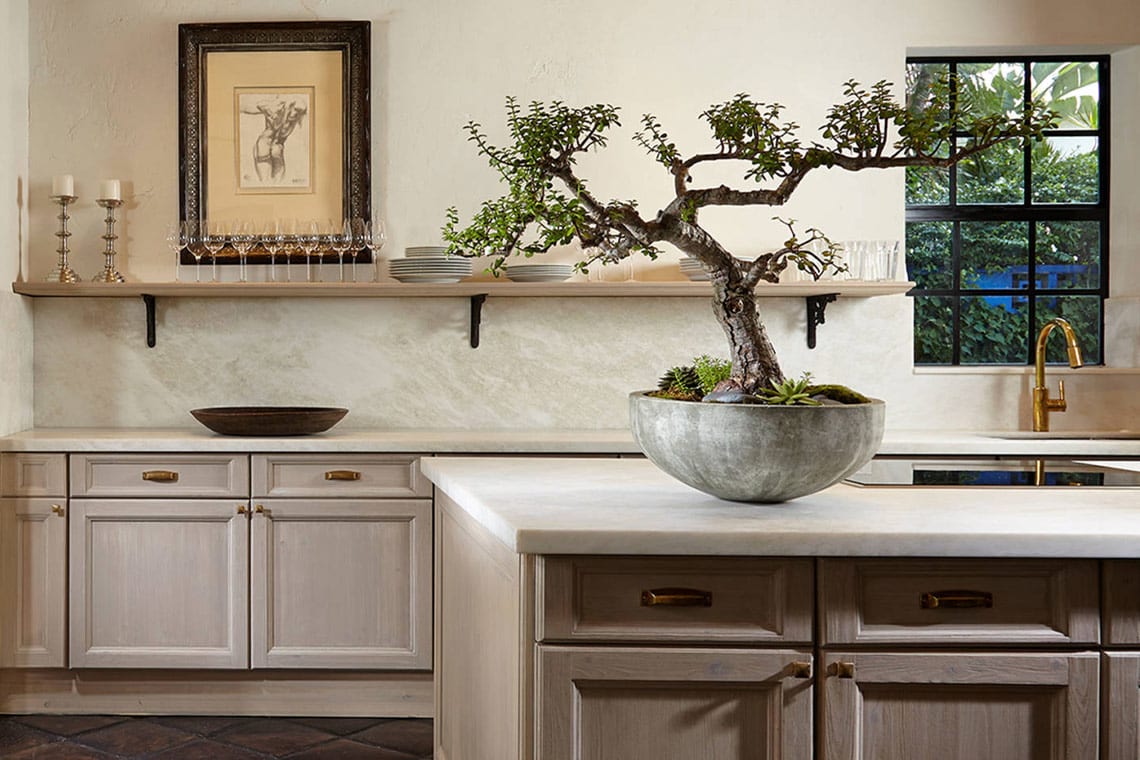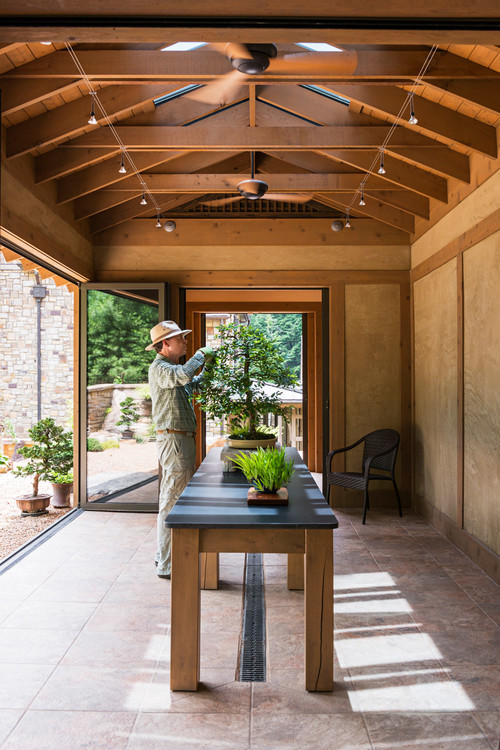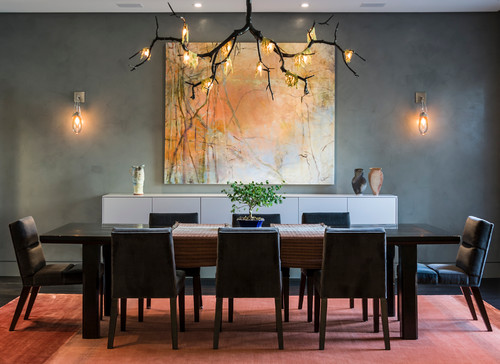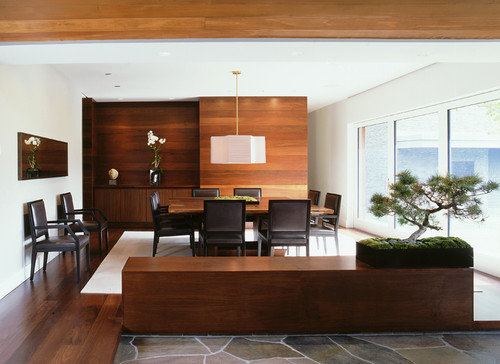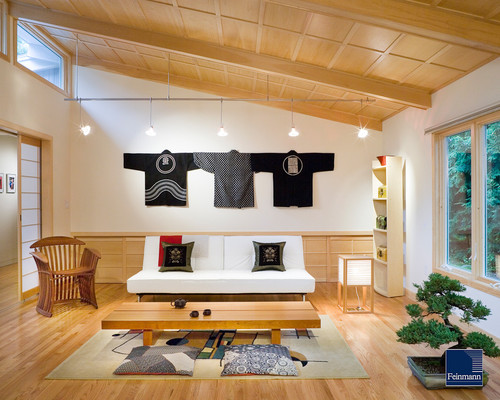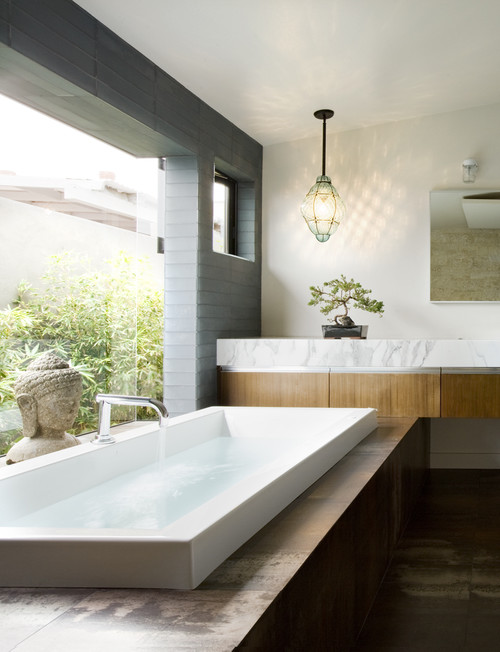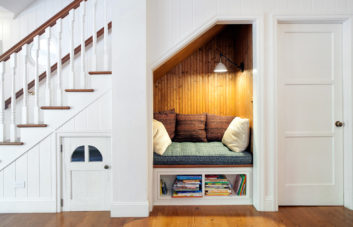Contrary to popular belief, it’s not just a tiny tree that looks cool in your home (and makes you feel sophisticated and cultured). The concept of the bonsai tree was developed over 1000 years ago. It’s a Japanese art form rooted (yes, that was an intentional pun) in ancient Chinese horticultural practices. Literally translated, “bonsai” means “planted in a container.”
Bonsai trees are not miniature species; they’re actually smaller forms of regular trees. To achieve a true bonsai tree takes years of careful cultivation, restricting natural growth to grow a scaled-down version of a full-sized tree.
Like most art forms, bonsai has significance and meaning beyond gardening and interest.
Bonsai symbolizes, like all trees, balance, peace, and harmony as they require a cultured balance of sunlight and water to survive and thrive. They represent life and strength, as they withstand storms to provide other beings and plants with resources while nourishing themselves. A bonsai tree, in particular, requires dedicated care and balance to thrive throughout the stages of its life. Additionally, the traditionally unadorned container in which the bonsai is raised represents simplicity.
Balance, peace, harmony, simplicity, strength, and life. Who doesn’t want those values represented in his or her home? Bonsai trees are easy to incorporate into decor, especially Asian-inspired schemes.
The small size and delicate appearance of the bonsai tree make it work in virtually any room.
Just don’t center your entire decor around it; bonsai trees need to spend time outside for proper growth and maintenance. If you’d rather keep greenery out of your house (and avoid ferrying it back and forth), choose a bonsai garden instead.
Learn more about growing your own bonsai tree here. It’s not as complex as you’d expect!

